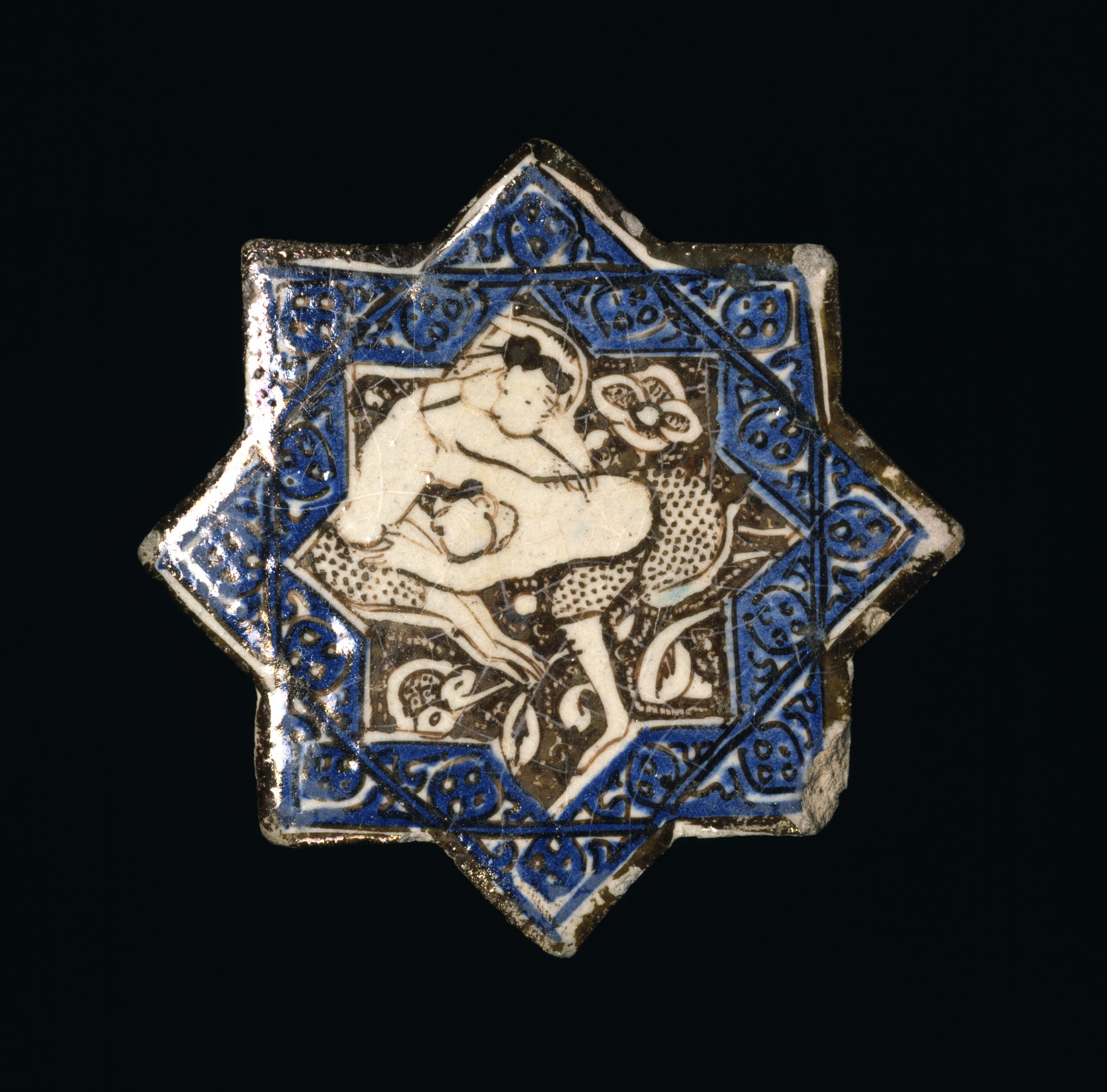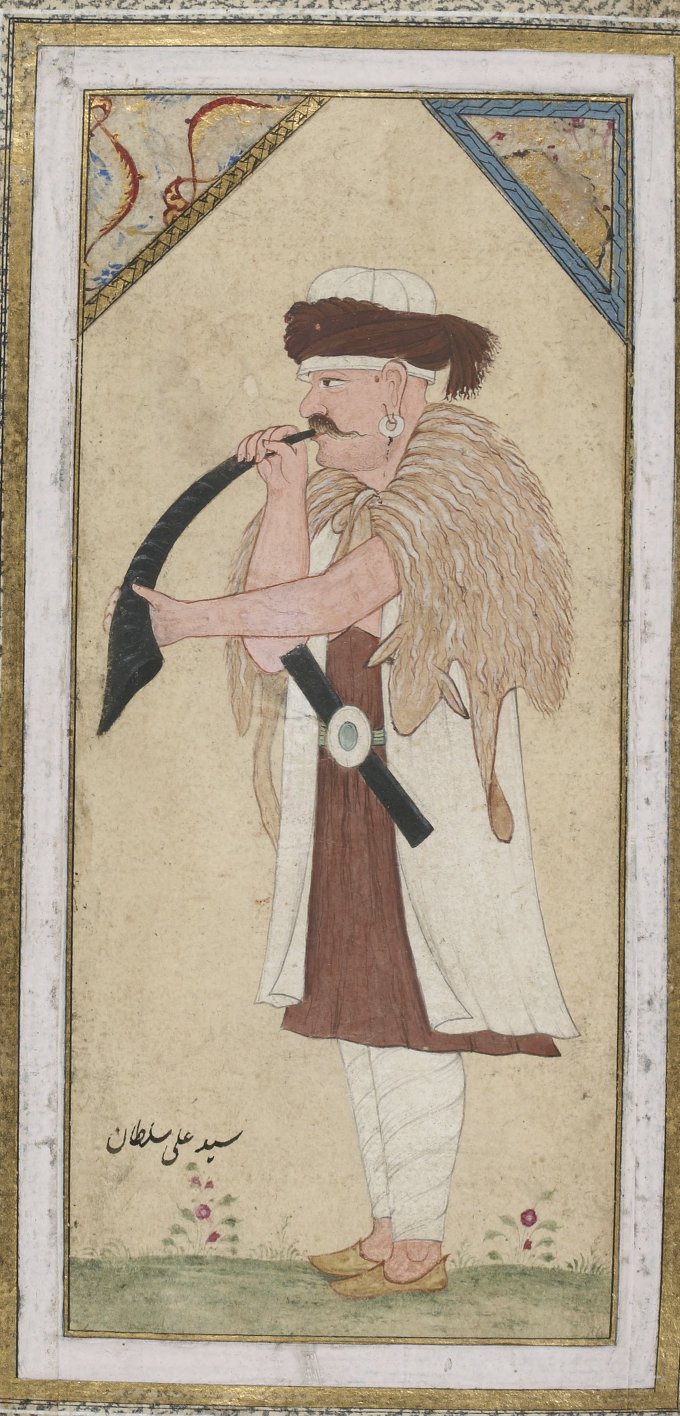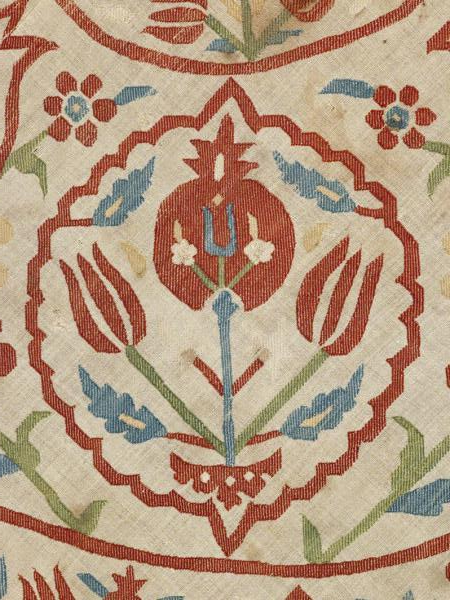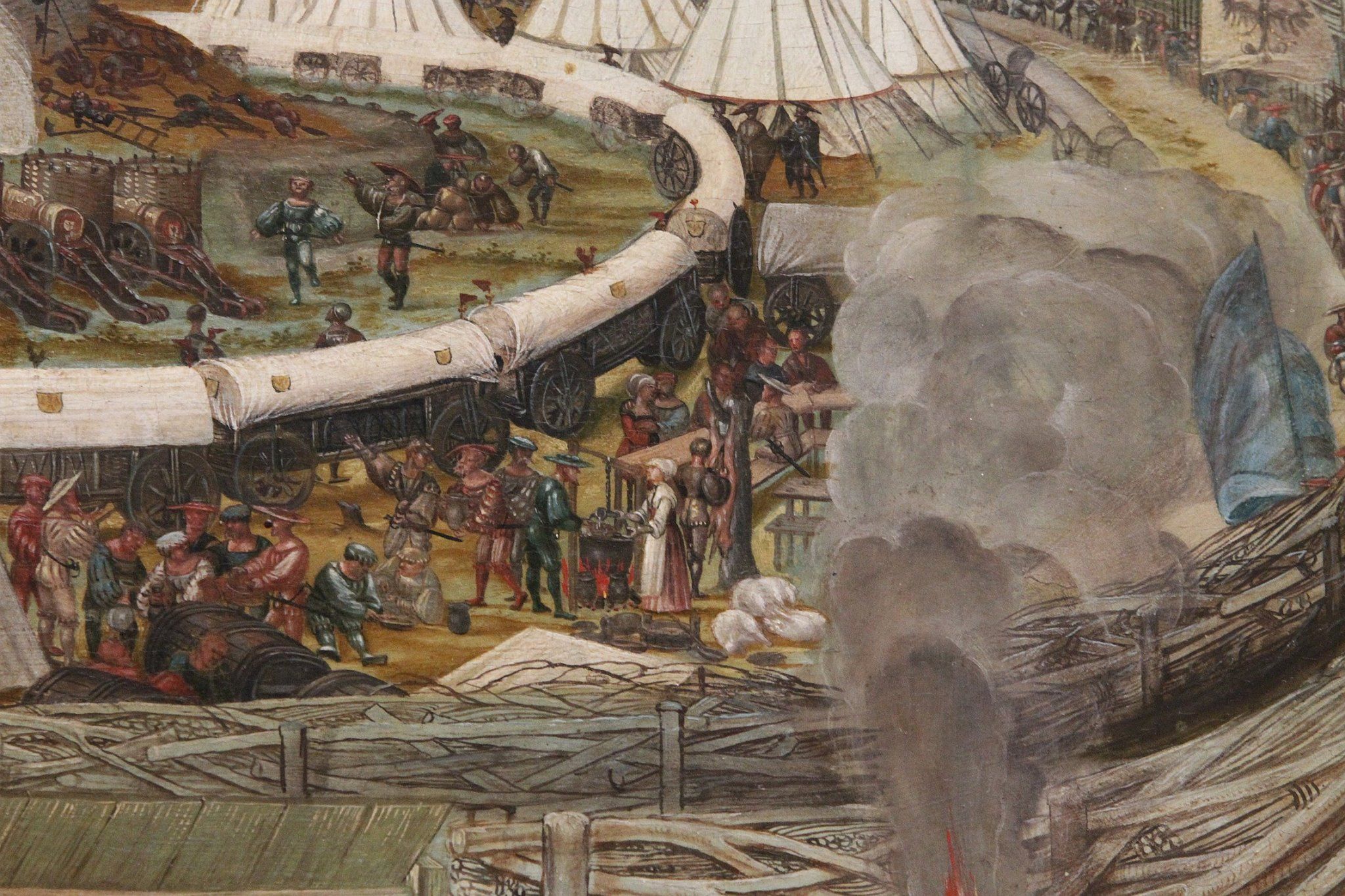
Sufism has developed over the centuries a vast technical vocabulary, with many elements filtering out into wider Islamic (or, better, ‘Islamicate’) societies and languages. One of the more difficult terms that makes up this stock of words describing sufi practice and theology is the Arabic word himmah, taken into Persian as himmat. Its basic lexical meaning is, per Steingass’ Persian dictionary, ‘Inclination, desire, resolution, intention, design,’ with the additional meanings of ‘ambition, aspiration; mind, thought, attention, care; magnanimity; power, strength, ability; auspices, grace, favour.’ The sufi usage of himmah encompasses all of these: when a shaykh is said to possess or wield himmah, we might say that he exerts the power of his mindful intention, power which is invested in him by virtue of his relationship with God. It’s a bit like ‘the Force’ in Star Wars, in that through the use of his himmah the advanced master is able to psychically- so to speak- manipulate things in the physical world outside of his body, similar to the way a Jedi master might employ the Force to move objects or change a person’s thoughts or will.
The ambiguity of himmah is not simply the case of being at a remove from the original languages of sufism- it’s clear from the sources that medieval and early modern sufi authors felt a need to explicate what precisely was meant thereby to contemporary audiences. The story I’ve excerpted and translated below comes from a Persian-language collection of lives of Inner Asian Naqshbandī saints, entitled Rashaḥāt-i ʻayn al-ḥayāt, by Fakhr al-Dīn ʿAlī ibn Ḥusayn Wāʿiẓ Kāshifī Ṣafī (1463 – 1532-3). The story is part of longer clarifying discussion by Kāshifī about himmat, as an introduction to the miracles of the important fifteenth-century Naqshbandī saint Khwāja ‘Ubayd Allāh Aḥrār. It also speaks, by the by, to a major component of wider Persianate culture during this period and afterwards, namely, the role of wrestling, a sport which provides the setting for the miracle story.

One day we came to the wrestling-grounds where two people were wrestling—one was powerfully and immensely built of frame, while the other was weak and scrawny of body. The big fellow was making easy work of the weak one, so that we felt merciful towards him, and I said to Mawlānā Sa’d al-Dīn [Kashgārī], ‘Use your power of mind (himmat) and send out a thought (khāṭir) so that that weak one can triumph over that powerful one!’
He replied, ‘You pay heed, and we will also lend aid.’ So his thought turned in that moment to the weak one, and in a flash the weak one was invested with great strength so that he was able to extend his arm and with dexterous skill lifted the powerful-framed man from the ground, hoisted him overhead, then threw him down into the dust of the ring. A great exclamation went up from the crowd, the men watching amazed and bewildered by what had transpired, none of the spectators aware of the secret of it.
ʻAlī ibn Ḥusayn Kāshifī Ṣafī, Rashaḥāt-i ʻayn al-ḥayāt, ed. ʿA.A.’ Muʿīniyān (Tehran: Bunyād-i Nīkūkārī-i Nūriyānī, 2536/1977-8), v. II, 517.
___________________________
This work is licensed under a Creative Commons Attribution-NonCommercial 4.0 International License.






